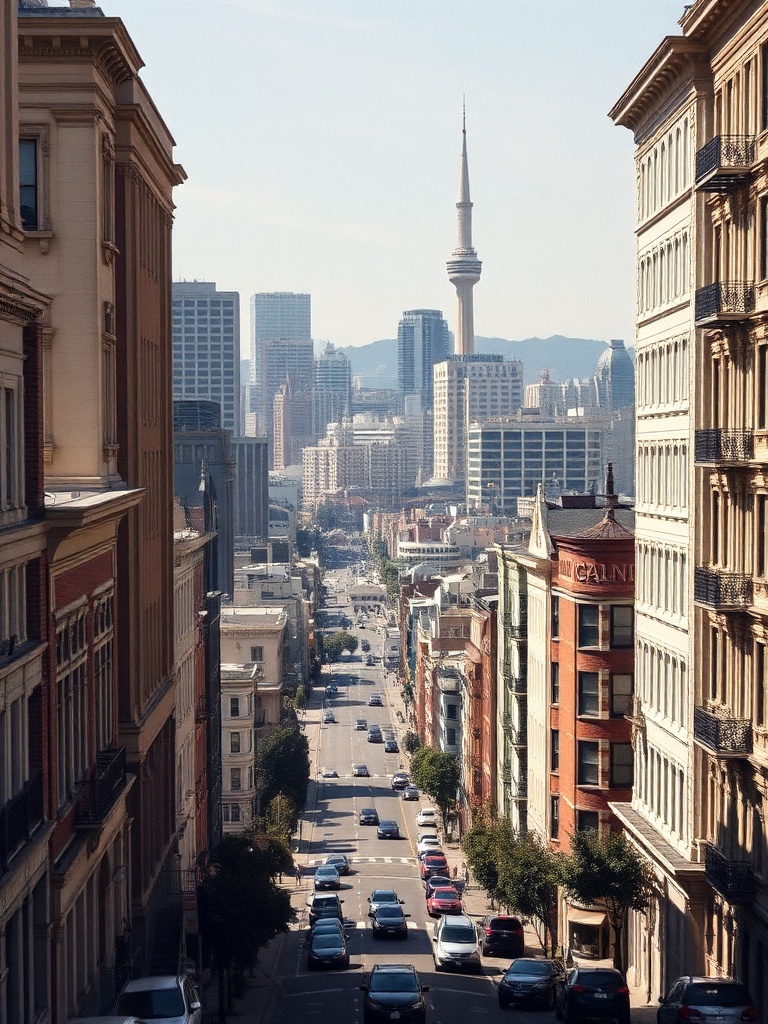How San Francisco Is Rethinking Its Waterfront for Sea Level Rise
San Francisco’s shoreline is one of the city’s most iconic assets — and one of its most vulnerable. With a long, low-lying waterfront that supports housing, transit, parks and commerce, the city faces the complex challenge of protecting people and property while preserving access to the Bay.
The response blends hard infrastructure, natural systems and community-centered planning.
Where the risk concentrates
Low-lying areas such as the Embarcadero, portions of SoMa, Mission Bay, Dogpatch, Hunters Point, and parts of the western waterfront are most exposed to tidal flooding and storm surge. Transit corridors, utilities and major employment centers run through these zones, so even localized inundation can cause outsized disruption. Saltwater intrusion also threatens underground utilities and historic seawalls that weren’t designed for current tidal ranges.
Strategies shaping the response
1) Upgrading defenses: Traditional approaches like seawalls and levees remain part of the toolkit, especially near critical infrastructure.
Upgrades focus not just on height but on foundations, drainage and integration with adjacent structures to avoid unintended impacts.
2) Nature-based solutions: Living shorelines — using wetlands, marshes and native plantings — help absorb wave energy, create habitat and adapt naturally over time.
Projects that incorporate tidal wetlands and oyster beds can slow erosion and add recreational value.
3) Floodable open space: Designers are turning waterfront parks into buffers that can be intentionally inundated during high water events, protecting inland neighborhoods.
This creates resilient public space that is both functional and attractive.
4) Adaptable design: New development increasingly uses flood-resistant construction methods, elevated mechanical systems, and modular barriers that can be deployed when needed. Adaptive planning acknowledges that some interventions may be temporary or phased.
5) Community-led planning: Residents and businesses are being engaged in mapping vulnerabilities and prioritizing solutions so that resilience measures reflect local needs and equity considerations. Investments aim to protect not only property values but livelihoods and access to services.
Major programs and coordination
City agencies, the Port, regional bodies and community groups are coordinating multi-decadal strategies that balance immediate repairs with long-range adaptation. Efforts include vulnerability mapping, phased project lists, and pilots that test living shoreline concepts and floodable parks. Because shoreline resilience crosses jurisdictions, coordinated funding and permitting processes remain a priority.
What residents and visitors can do
– Stay informed: Follow official flood maps and alerts to understand which routes and neighborhoods are most at risk during high tides and storms.
– Prepare: Keep basic emergency supplies, an evacuation plan, and digital backups of important documents.
– Engage: Participate in community workshops and public comment periods on waterfront projects to ensure that local voices shape outcomes.
– Support nature-based efforts: Local restoration groups and volunteer events often welcome help planting native species and monitoring shorelines.
Opportunities ahead
Rethinking the waterfront is an opportunity to invest in public space, repair aging infrastructure, and strengthen neighborhoods for future climate conditions. By combining engineered solutions with natural systems and community priorities, San Francisco aims to protect its shoreline while maintaining the open, accessible Bayfront that defines the city. As projects advance, the emphasis is on flexible, scalable measures that can adapt as conditions change and new information becomes available.
